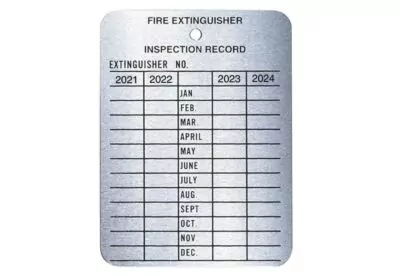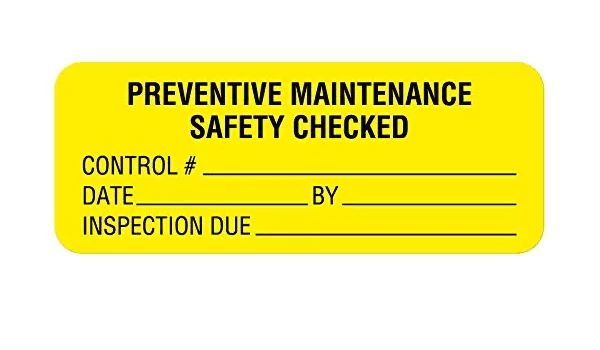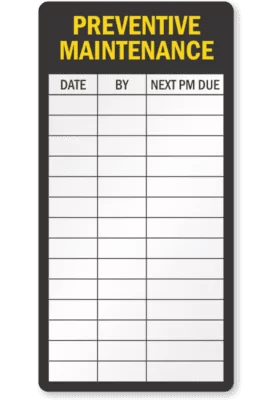For a business to be successful, multiple processes must operate efficiently and in harmony with one another. The manufacture and delivery of products are often the starring components in this sequence, since a malfunction in these areas is an obvious threat to profits.
However, a number of facilities, equipment and random supplies provide the foundation for successful production and transport. These necessities generally make up a small fraction of a company’s operating budget, often 10% or less, but a breakdown in their contributions can result in serious output delays and cost a business significant money if not addressed quickly.
Broken equipment can shut down a factory, while degraded facilities and a lack of protective equipment can cause serious injury to employees. Due to the critical nature of these assets, many are purchased far in advance, tying up company capital while they sit on shelves waiting for restocking day. These items and actions make up the elements of MRO and are dedicated to facilitating smooth production and delivery timelines.
What Does MRO Mean?
 MRO refers to the company’s maintenance, repair and operations. This can include any maintenance and repairs made to a company’s facilities, tools or equipment that assist in the manufacture of a product. It also includes daily-use items, such as personal protective equipment (PPE) and cleaning supplies. Though MRO doesn’t cover any of the materials used directly in production, it does consist of keeping all the moving parts needed for production available and in good working order. This involves the regular servicing, repair, and replacement of the equipment, tools, and supplies needed to manufacture the product being offered. Ideally, this servicing should happen before a malfunction occurs, to prevent delays in production.
MRO refers to the company’s maintenance, repair and operations. This can include any maintenance and repairs made to a company’s facilities, tools or equipment that assist in the manufacture of a product. It also includes daily-use items, such as personal protective equipment (PPE) and cleaning supplies. Though MRO doesn’t cover any of the materials used directly in production, it does consist of keeping all the moving parts needed for production available and in good working order. This involves the regular servicing, repair, and replacement of the equipment, tools, and supplies needed to manufacture the product being offered. Ideally, this servicing should happen before a malfunction occurs, to prevent delays in production.
Components of MRO
The elements of MRO all work together but can be divided into four categories:
Infrastructure Repair and Maintenance
Repair and maintenance of materials and equipment that support the facility:
- Communication systems
- Office space
- Furnishings
- Company roads
- HVAC equipment
- Tech equipment
- Safety equipment
Production Equipment Repair and Maintenance
Repair and maintenance of equipment directly related to production:
- Conveyor systems
- Motors and compressors
- Tooling machines
Material Handling Equipment Maintenance
Maintenance and supply of any equipment that has direct contact with materials and moves them from one place to another:
- Protective equipment for material handling
- Robotic arms
- Piping
- Valves
- Storage containers
Tools and Consumables
Small daily-use items that are either permanent, like tools, or consumable:
- Batteries
- Hand tools
- Office supplies
- Power tools
- Cleaning supplies
- Chemicals and lubricants
MRO Management
 Since the expense of MRO can easily take up a significant portion of the procurement budget, it’s important to monitor this spending closely and be vigilant for breakdowns in efficiency. For some companies, costs can escalate if maintenance falls behind and results in expensive repairs that could have been avoided. A low supply of consumables can create wasteful spending as well if the supplies must be rushed to the facility or purchased at a higher price at the last minute. Managing these issues consistently can ensure the business always has what it needs to keep operations in full swing and prevent unnecessary delays.
Since the expense of MRO can easily take up a significant portion of the procurement budget, it’s important to monitor this spending closely and be vigilant for breakdowns in efficiency. For some companies, costs can escalate if maintenance falls behind and results in expensive repairs that could have been avoided. A low supply of consumables can create wasteful spending as well if the supplies must be rushed to the facility or purchased at a higher price at the last minute. Managing these issues consistently can ensure the business always has what it needs to keep operations in full swing and prevent unnecessary delays.
Using a management system to keep track of all the moving parts required to maintain production is an effective way of avoiding needless revenue loss. If maintenance schedules are followed, there’ll be less need for unexpected repairs. Restocking consumables before they run out will ensure time to identify better price points and standard shipping costs. Performing routine checks on safety equipment can help prevent on-the-job injuries, keeping employees safe and able to work their positions.
Maintaining MRO organization requires a versatile and scalable system that’s simple to use and comprehensive enough to cover all aspects of the necessary elements. This ensures every moving part is accounted for and can help replace reactive actions with cost-saving preventive measures.
Using Asset Tracking Systems
Implementing a comprehensive asset tracking system is crucial to maintaining peak efficiency in MRO management. A simple but effective way to develop a custom system for your business is to incorporate equipment tags and supplies that need to be monitored.
Barcode Labels
Barcode labels can be used to monitor supply levels of consumables, track any wasteful usage and locate excess products when needed. Expiration dates can be tracked to indicate when a chemical or other consumable is nearing the end of its life span. When using barcodes for inventory management, you’re in control over the type of information you want to track and the thresholds which trigger action. Daily tools can also be marked with barcodes, providing inventory tracking to identify if a tool is missing and accounting for those that need to be replaced due to wear and tear or unexpected damage.
For large equipment that needs regular servicing, maintenance and safety tags can help prevent injury and provide a clear deadline for scheduling future upkeep. Valve inspection tags are a great way to make sure that portion of the production line is going to continue operating smoothly. Even items that are considered permanent, such as office furniture, can be marked with identifiers to discourage theft and provide placement indicators so items aren’t accidentally relocated.
Long-Lasting Metal Tags
Although consumables are best marked with cost-effective labels that are also built to be consumable, more established MRO items should be provided with a more durable option, such as metal tags, that can be cleaned and reused. This helps ensure the relevant information stays visible, even when the equipment is used relentlessly for production. These labels and tags can be paired with comprehensive management software that will automatically track your consumables and create alerts when an item is ready to reorder.
To learn more about how high-quality tracking tags and labels can help your company manage its MRO effectively, contact us at Metal Marker Manufacturing Company and learn about our variety of custom label and tag options. Streamlining your MRO efficiency will reduce the amount of time needed to prevent waste and help keep your procurement costs manageable without sacrificing production levels.
